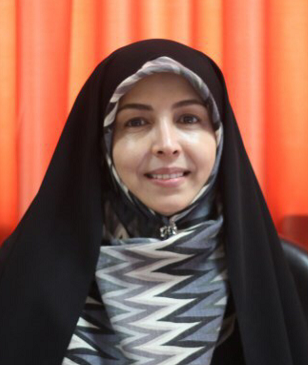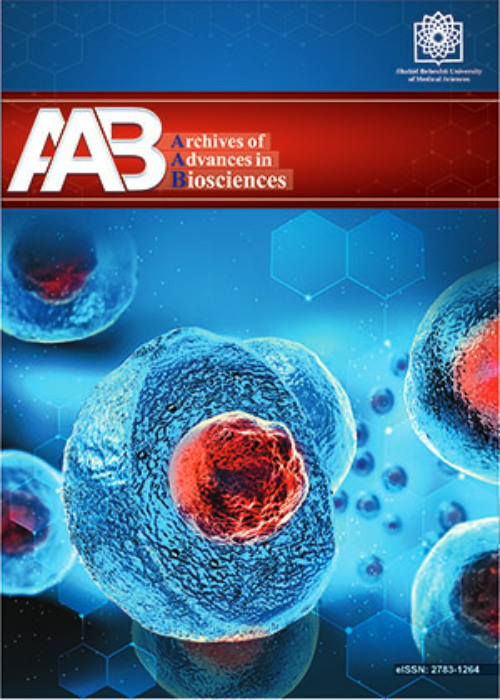Comparison of generalized estimating equations (GEE), mixed effects models (MEM) and repeated measures ANOVA in analysis of menorrhagia data
Author(s):
Abstract:
Menorrhagia is one of the most common gynecological problem and leading causes of poor quality of life and iron deficiency anemia in women of reproductive age. Research in gynecological field relies heavily on repeated measure designs. Repeated measure studies are helpful in understanding how factors of interest change over time. Our goal is to apply statistical methods which are appropriate for analyzing repeated measure data such as gynecological data. Three statistical methods were performed by data collection from 100 patients with menorrhagia. One-hundred patients were randomly assigned to two groups, i.e. intervention group (Urtica Dioica and mefenamic acid) and control group (placebo and mefenamic acid) with an equal size of 50. In this study, generalized estimating equations (GEE) and mixed effects models (MEM) were used for analyzing menorrhagia data to determine the effect of hydroalcoholic extract of Urtica Dioica on Menorrhagia. Finally, these methods are compared to the conventional repeated measures ANOVA (RM-ANOVA).
Based on the results, the three methods are found to be similar in terms of statistical estimation, the amount of bleeding before and after treatment between and within groups was compared. Results showed the average amount of bleeding was reduced significantly (P˂0/001). The average menorrhagia score in the third month (second cycles after intervention) were 91.38(71.432) and 149.40(127.823) in Urtica Dioica and control groups, respectively. The difference between the two groups was statistically significant (p =0.036). Because their advantages, GEE and MEM should be strongly considered for the analysis of repeated measure data. In particular, GEE should be utilized to explore overall average effects. When in addition to overall average effects, subject-specific effects are of primary interest, MEM should be utilized. With respect to these methods, it seems the extract of Urtica Dioica can be effective in reducing the amount of menstrual bleeding in women of reproductive age with Menorrhagia.
Based on the results, the three methods are found to be similar in terms of statistical estimation, the amount of bleeding before and after treatment between and within groups was compared. Results showed the average amount of bleeding was reduced significantly (P˂0/001). The average menorrhagia score in the third month (second cycles after intervention) were 91.38(71.432) and 149.40(127.823) in Urtica Dioica and control groups, respectively. The difference between the two groups was statistically significant (p =0.036). Because their advantages, GEE and MEM should be strongly considered for the analysis of repeated measure data. In particular, GEE should be utilized to explore overall average effects. When in addition to overall average effects, subject-specific effects are of primary interest, MEM should be utilized. With respect to these methods, it seems the extract of Urtica Dioica can be effective in reducing the amount of menstrual bleeding in women of reproductive age with Menorrhagia.
Keywords:
Language:
English
Published:
Archives of Advances in Biosciences, Volume:7 Issue: 1, Winter 2016
Page:
32
https://www.magiran.com/p1507748
سامانه نویسندگان
اطلاعات نویسنده(گان) توسط ایشان ثبت و تکمیل شدهاست. برای مشاهده مشخصات و فهرست همه مطالب، صفحه رزومه را ببینید.
مقالات دیگری از این نویسنده (گان)
-
A Graph-Based Statistical Approach to Identifying Functional Connectivity Networks in Patients with Traumatic Brain Injury
Samaneh Talebi, Fatemeh Pourmotahari, Keyvan Olazadeh, , Seyyed Mohammad Tabatabaei
Iranian Journal of Child Neurology (IJCN), Winter 2025 -
The Relationship Between the Incidence of Second and Third Trimester Hemoglobin and the Incidence of Preterm Birth and Birth Weight
Nastaran Safavi Arbedili,
International Journal of Women’s Health and Reproduction Sciences, Oct 2024 -
Using Longitudinal Variance Components Models to Assess Hyper-connectivity in Severe Traumatic Brain Injury Patients
Keyvan Olazadeh, Nasrin Borumandnia, Mahin Habibi, *
Basic and Clinical Neuroscience, Jul-Aug 2024 -
Psychometric Properties of the Persian Version of the Evidence-based Practice Implementation Questionnaire in Nurses
Ommolbanin Zare*, Abbas Ebadi, Giti Ozgoli,
Journal of Holistic Nursing and Midwifery, Spring 2024




